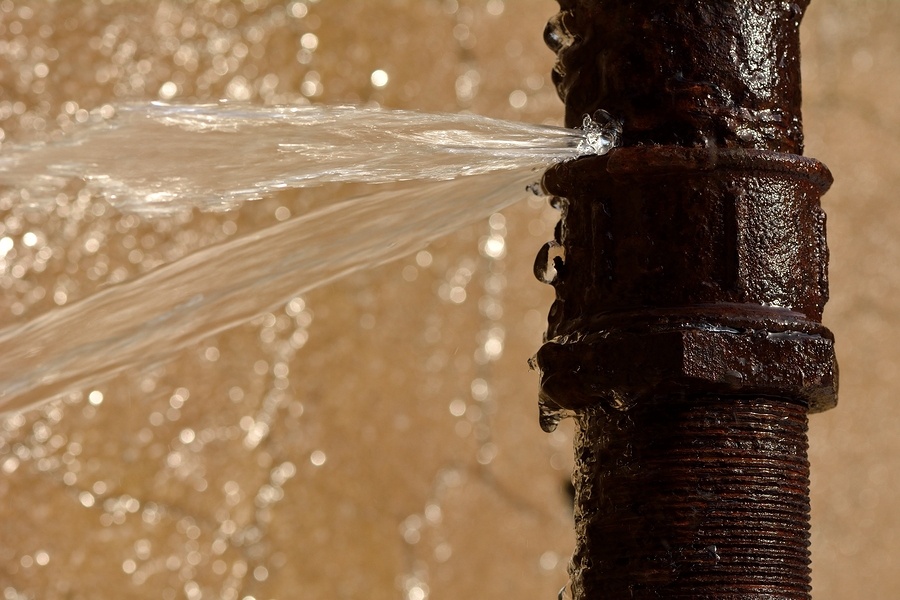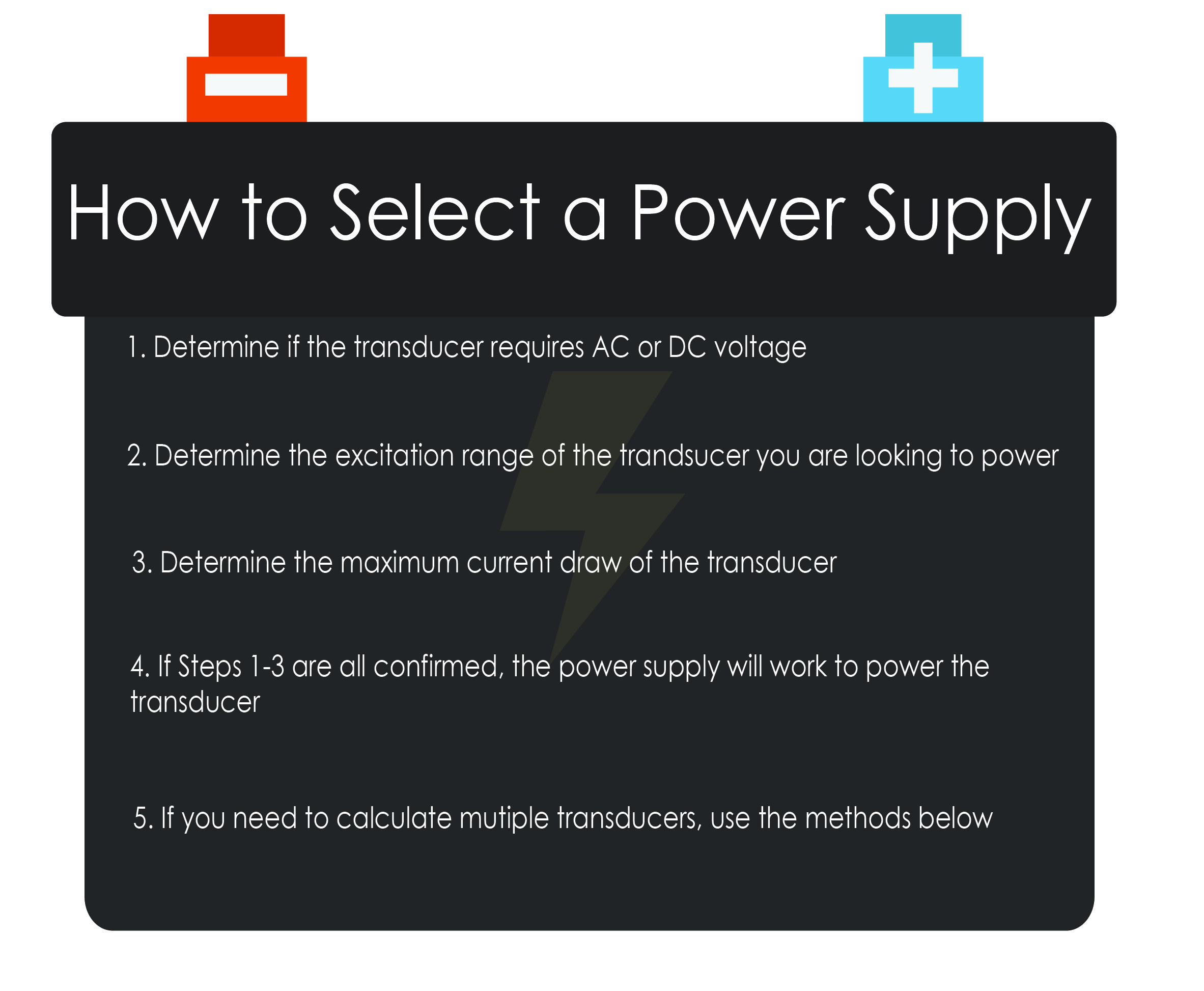Proof pressure and burst pressure are critical specifications for pressure sensors and other pressure-related devices, but they serve different purposes.
Typically, there are many different pressure specifications indicated on a pressure transducer data sheet. Interestingly enough, two of the most important pressure specifications are often easily overlooked; proof and burst pressure. Selecting a pressure transducer without noticing these pressure ranges is one of the top reasons for transducer failure. Both pressure specifications are considered to act as an upper limit for the device’s operating range. So, what exactly is the difference between proof and burst pressure?














